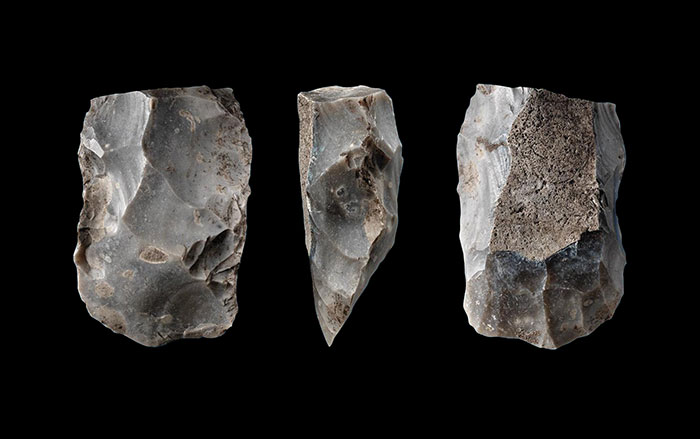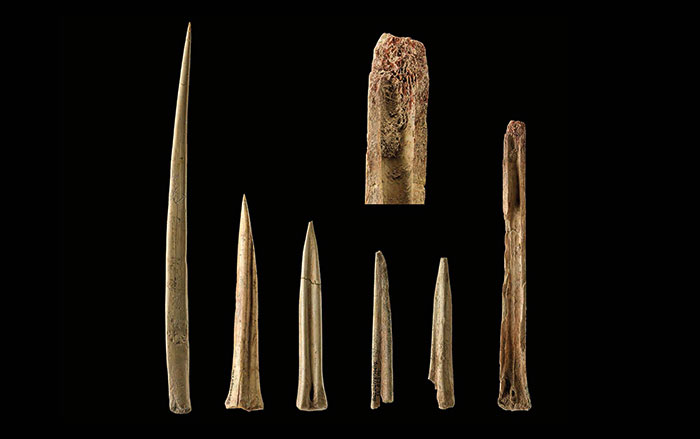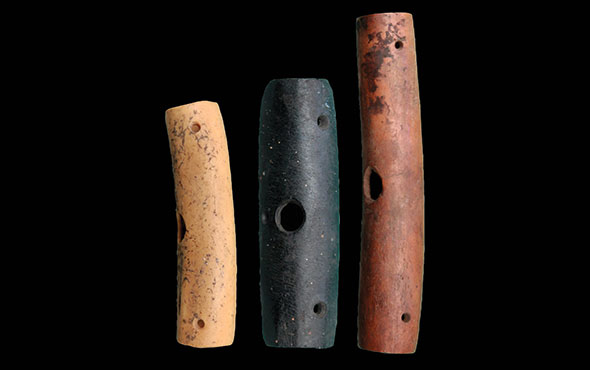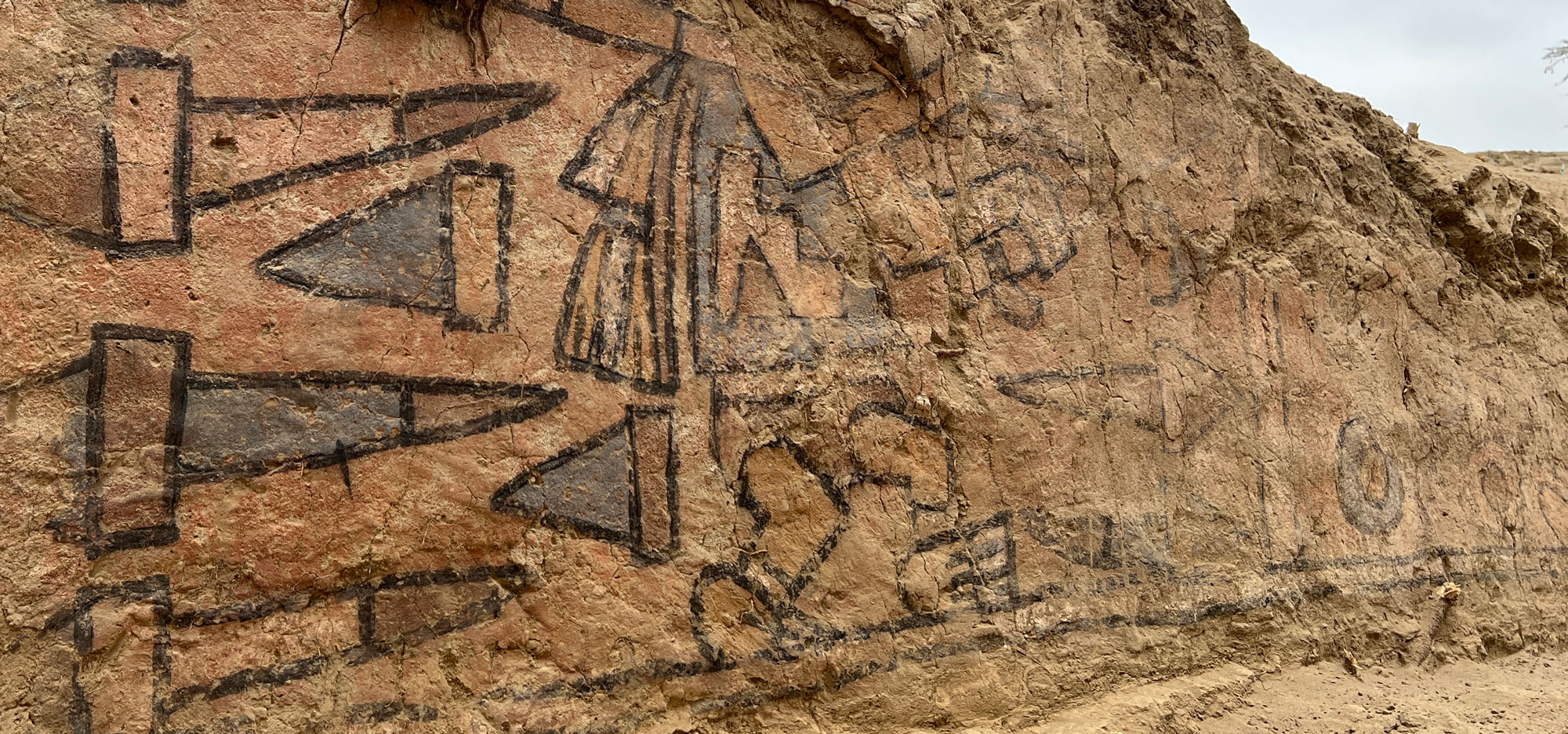
BORDEAUX, FRANCE—According to a statement released by De Gruyter, an analysis of shell beads found at the Kaylu rock shelter, which is located on the eastern shores of the Caspian Sea, suggests that people may have taken maritime voyages some 11,500 years ago. Archaeological evidences shows that the rock shelter was in use for long periods of time during the late Mesolithic and Neolithic periods. Solange Rigaud of CNRS and the University of Bordeaux and her colleagues determined that the beads produced by the last of the hunter-gatherers to inhabit the rock shelter were different from those used by the first farmers. Rigaud and her team also compared the Kaylu rock shelter beads with others found in other Caspian Sea regions. Their analysis suggests there may have been a route for the exchange of these beads along the northern coastline of the Caspian Sea that was independent of the land route known to have been traveled by farmers and herders across northern Iran. These people could have also traveled by boat, she added. “Seafaring contacts between these communities may have granted the rapid circulation of specific bead-types—along with people, information, knowledge and symbols—from either side of the Caspian Sea by long maritime voyages,” Rigaud concluded. Read the original scholarly article about this research in Open Archaeology. To read about the world's oldest known intact shipwreck, go to "Ancient Shipwreck," one of ARCHAEOLOGY's Top 10 Discoveries of 2018.










